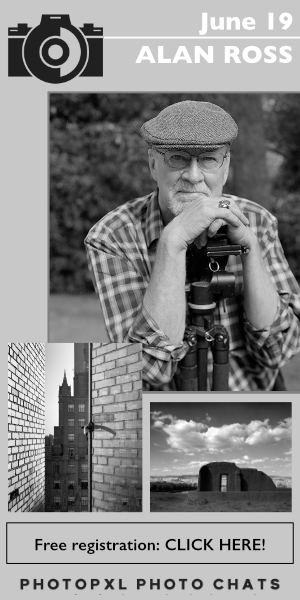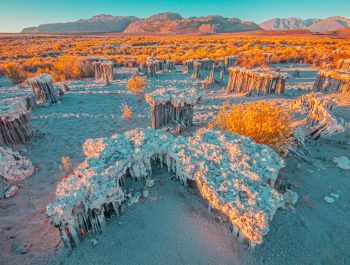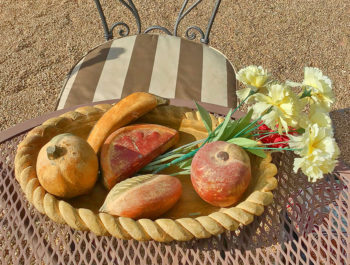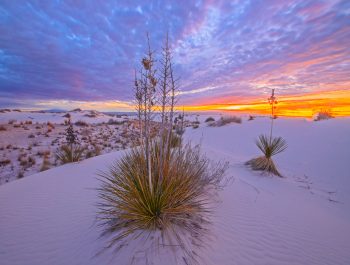The Language of Art – Part 12 – Dialectics
Introduction
This is the last essay in this series about the Language of Art. My next essay will be the start of a new series. I decided to end this series on the subject of dialectics because I see it as the cornerstone of the difference between art and reality. This series being about art, and art being abstract representations that differ from reality, discussing what makes dialectics important is critical.
Dialectics
Dialectics is the opposition of two diverging opinions or ideas. This opposition is approached through dialogue in which diverging parties each present their personal point of view. Discussion is the primary purpose of this dialogue. Resolution may take place however it is not always the goal.
Dialectics cannot happen if all parties agree about a specific subject. It can only happen when separate parties hold diverging opinions about a specific subject.
The concept of reality in photography represents a dialectic situation. This dialectic goes like this: a photograph can depict reality or it can depict an abstraction. Proponents of each position hold strong opinions about the purpose of photography. Some believe photographs show reality while others believe photographs show an abstraction of reality.
This dialectic does not exist in other art forms. As proof, while we have artistic photography, as opposed, dialectically, to realistic photography, we do not have artistic oil painting, or artistic watercolor, or artistic encaustic, sculpture, montage or other mediums. We just have oil painting, watercolor, encaustic, sculpture, montage and so on. The word art, or the word realistic, does not need to be associated with the name of these mediums because the audience knows that these mediums are artistic and not realistic.
Of course, it can be said that not all paintings, sculptures, or other art mediums are abstract and that a medium used to create art can also represent reality. Certainly, watercolors, gouache, oils, sculptures, etc. are used to create realistic representations whose goal is to show things as they are. To take but one example, real estate companies use paintings of houses that are not yet built to show what they will look like to their clients. The interesting aspect of this approach is that such paintings are not described as real versus abstract, but as decorative versus abstract. The point being that even though they show something in a realistic manner, they are not as realistic as a realistic photograph. Therefore, a different term is used: decorative.
Decoration, in this context, is the act of creating a realistic depiction of a subject for the purpose of illustration. This is dialectically opposed to art which is the act of creating an abstract representation of a subject for the purpose of expressing a personal vision.
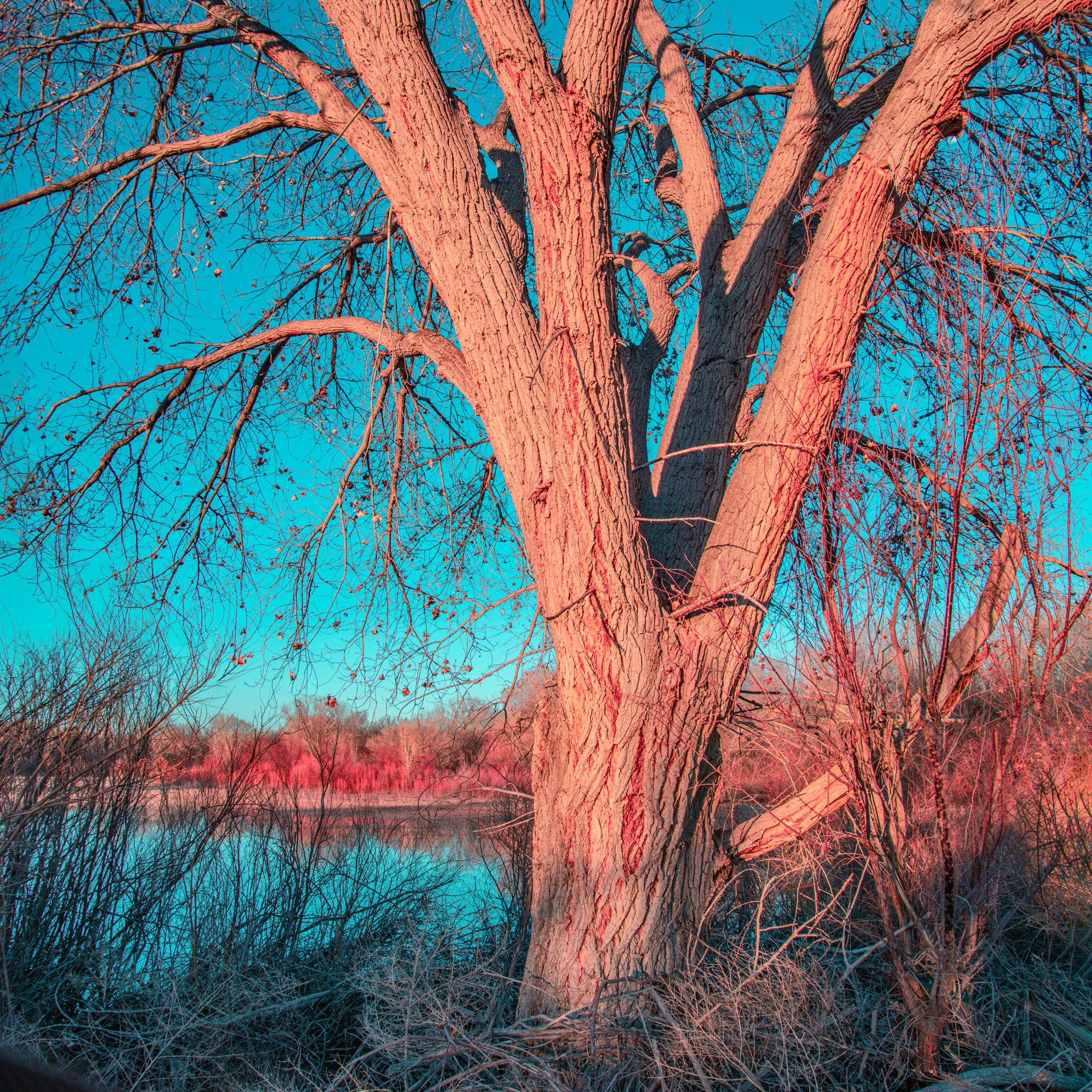
Discord
Dialectics, the process of discussing two sides of an issue for the purpose of defining our personal, group, or societal position about an issue, is only necessary when discord is present. It is then that dialectics becomes the way to mitigate this discord, to argue without arguing, to be exposed to both sides of the issue, and possibly to find a common position satisfying to both parties, although, as I mentioned previously, this is not necessarily the goal.
Here, the dialectical situation is that photography can be used to create both realistic and abstract representations. There is therefore, to paraphrase Levi Strauss, the structural anthropologist author of Triste Tropiques (1955), a dual organization in photography: one that follows the concept that photographs are real and the other that follows the concept that photographs are abstractions.
It is important to understand that these two organizations, these two groups of photographers, need each other. A photographer cannot classify his work as real unless other photographers create work that they classify as abstract. Therefore, the dialectical opposition between real and abstract defines both parties who share one thing in common: the adoption of photography as their medium of expression.
This opposition, this conflict, is compounded by photographers who somehow exist somewhere in the no mans’ land between these two positions. These are photographers who believe that photographs are real and yet create photographic images that are abstractions. Being a member of this third group is temporary. It is best construed as a ‘holding cell’ that photographers unsure of their position occupy until they decide which group to join. The purpose of the dialectic exchange is help members of this temporary group decide if their work is real or abstract, and then join one of the two fundamental groups. Until they do their position will be discordant and representative of an unresolved conflict.
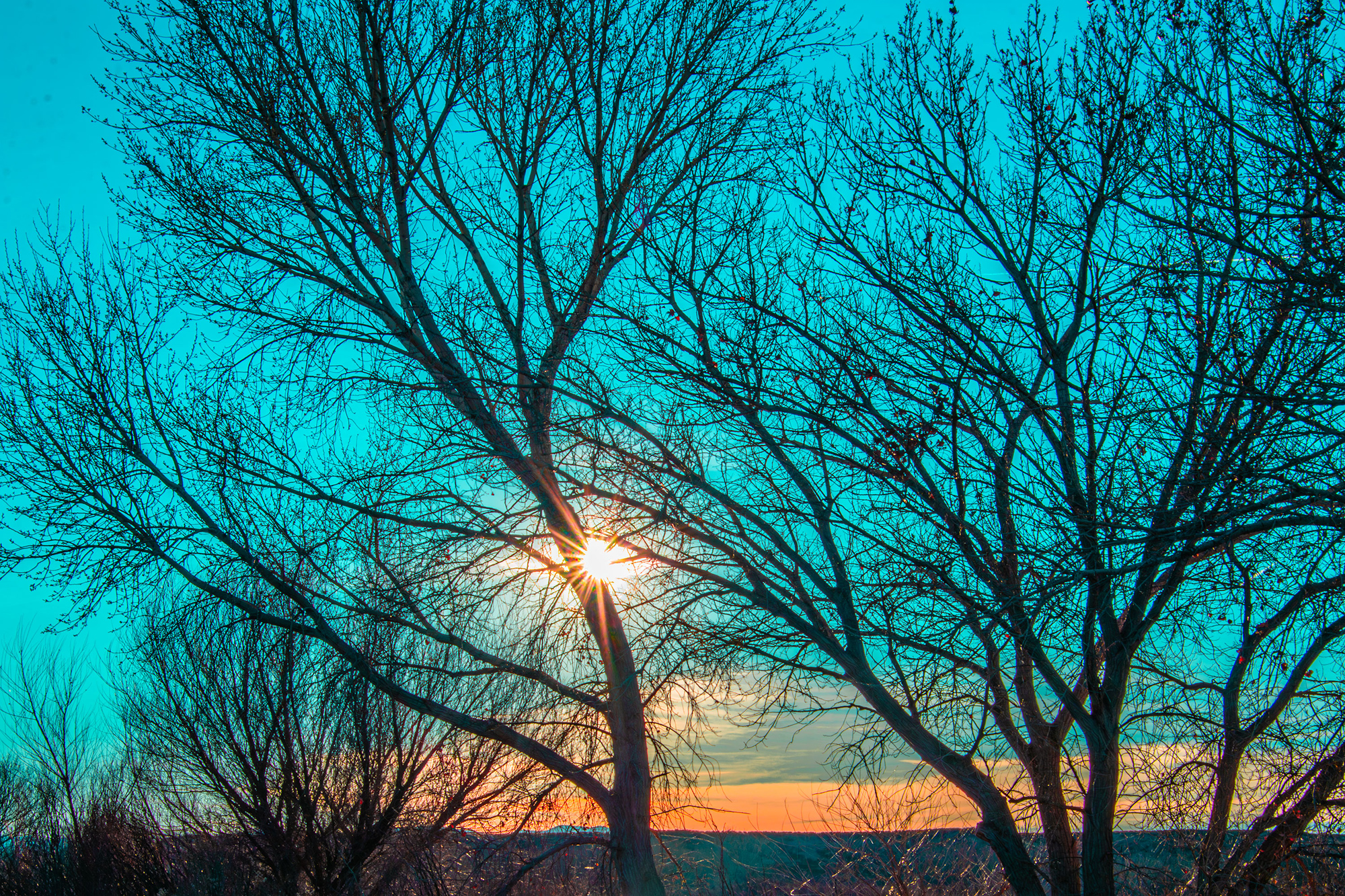
Art Versus Reality
Art versus reality is the dialectic. But how do abstract and realist photographers define themselves, how do they justify their approach? The realists can say that they create realistic photographs because the medium of photography is real by definition. The abstract photographers can say that photography creates abstractions automatically because photographs are flat, have different contrast and colors than reality, show a fraction of time and not an ongoing event, and that on a photograph the subject is either larger or smaller than the original. However, these aspects apply to the work of both the reality and the abstract photographer, making the point moot. Therefore, both abstract and reality photographers have to find another explanation.
This other explanation has to be their goals. In reality, landscape photographer can say that their goal is to wait for the light, the colors, the composition, and every other aspect of the photograph to be optimal before they take the photo. However, by stating this, they are explaining why their photographs are not what most people see. Instead, their photographs show elusive moments in time, unique compositions, ideal colors and perfect lighting, all aspects that are unlikely to be seen by regular visitors. Their ‘realistic’ images are, therefore, abstractions and not the reality that most people see and experience.
The same ‘realistic’ photographer can also say that they ‘did nothing’ to the photograph, either in the darkroom or the digital studio, and that the final image is an optimized duplication of the original capture. This may be true if no elements were removed, added or transformed during processing. However, it is not true if something was changed, which it always is in fine art photography. The contrast, the colors, the density, the noise level, the sharpening are always changed to optimize the final image.
Abstraction therefore is a matter of what is being done to the photograph. In true realistic photography, nothing is done to the original. The photograph is taken, then printed or shown on a screen, and that’s it. This actually describes the work of most touristic photographers whose goal is to capture a memory of their visit. In the past they had a lab develop and print their film photographs. Today they use the jpeg mode on their camera or cell phone and show the photo on a print or a screen, as it comes out of the camera. Therefore, it is these photographers, those for whom the photography process starts and ends when the photo is taken, who are the true realist photographers.
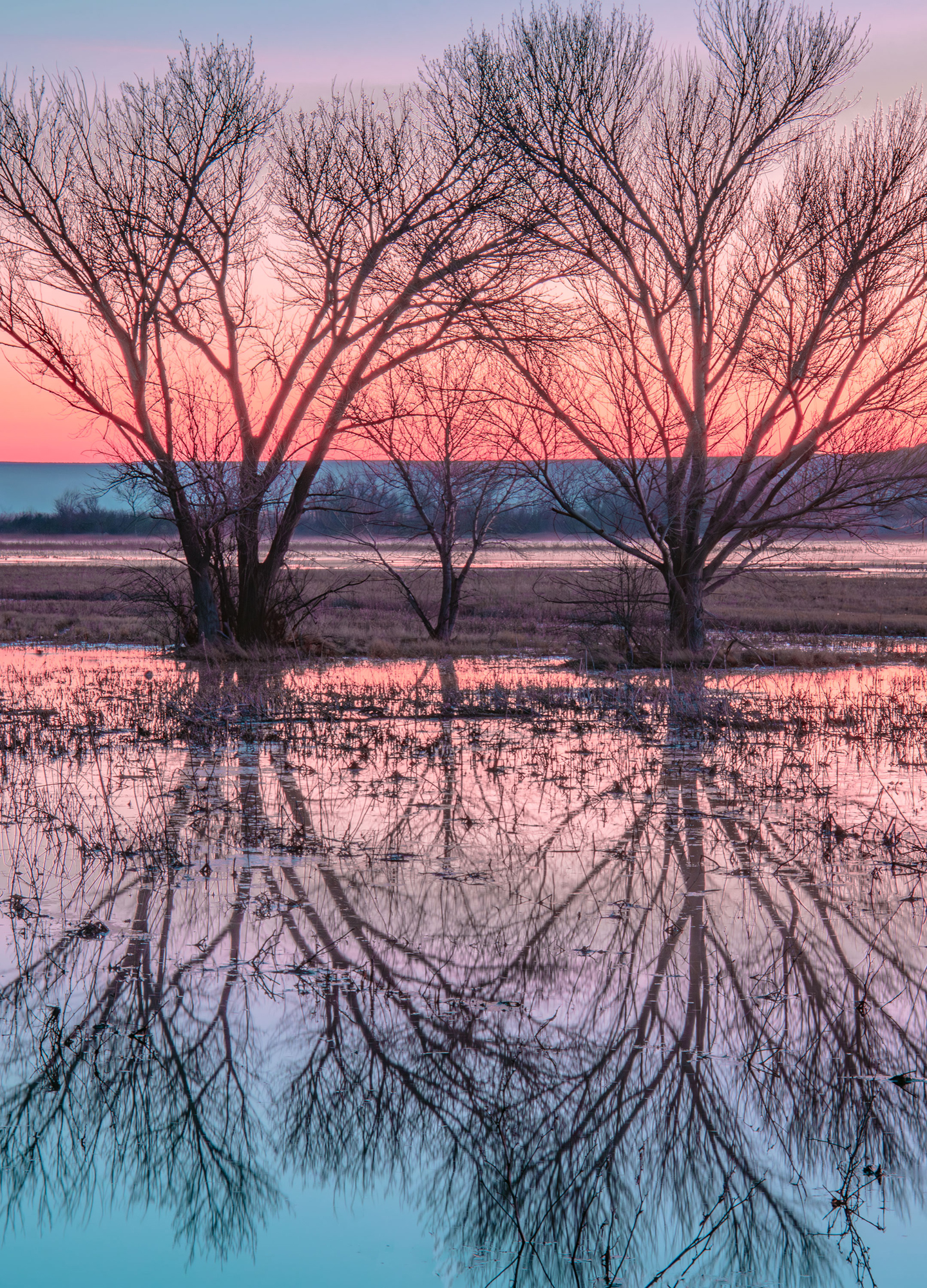
About Alain Briot
I create fine art photographs, teach workshops with Natalie, and offer Mastery Tutorials on composition, image conversion, optimization, printing, business, and marketing. I am the author of Mastering Landscape Photography, Mastering Photographic Composition, Creativity and Personal Style, Marketing Fine Art Photography, and How Photographs are Sold. All 4 books are available in eBook format on our website. Free samplers are available.
You can find more information about our workshops, photographs, writings and tutorials as well as subscribe to our Free Monthly Newsletter on our website. You will receive 40 free eBooks when you subscribe.
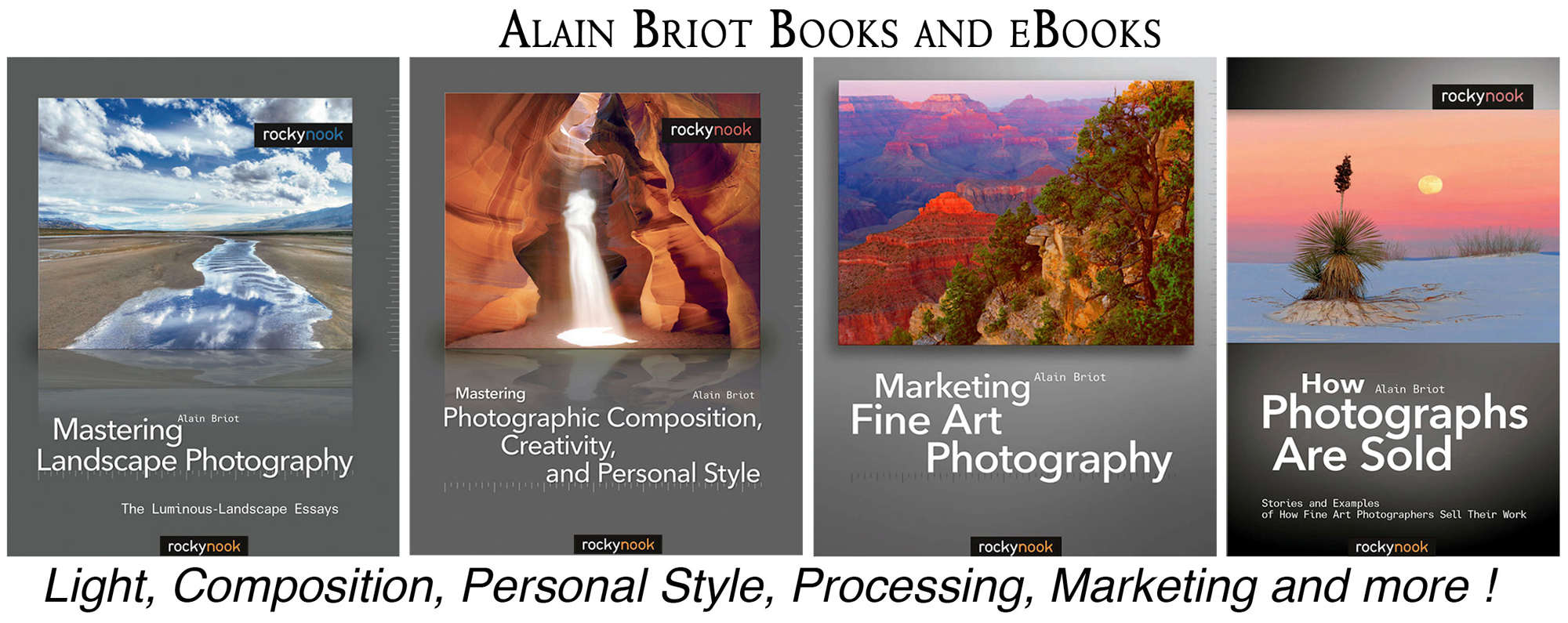
Studying fine art photography with Alain and Natalie Briot
If you enjoyed this essay, you will enjoy attending a workshop with us. I lead workshops with my wife Natalie to the most photogenic locations in the US Southwest. Our workshops focus on the artistic aspects of photography. While we do teach technique, we do so for the purpose of creating artistic photographs. Our goal is to help you create photographs that you will be proud of, and that will be unique to you. The locations we photograph include Navajoland, Antelope Canyon, Monument Valley, Zion, the Grand Canyon and many others. Our workshop listing is available HERE.

Alain Briot
June 2024
Indianapolis, IN
Photography is my passion and has been for 50 plus years. My career in photography has allowed me to travel the world, meet some of the most interesting people on the planet and see things I could never have dreamed of. My goal is to share the passion of picture taking through photographs and teaching with as many people as I can, hoping it brings them as much joy and happiness as it has me. I do this through photoPXL.com, this site, as well as Rockhopper Workshops, and other projects, as well as teaching as Artist In Residence at the Indianapolis Art Center.




